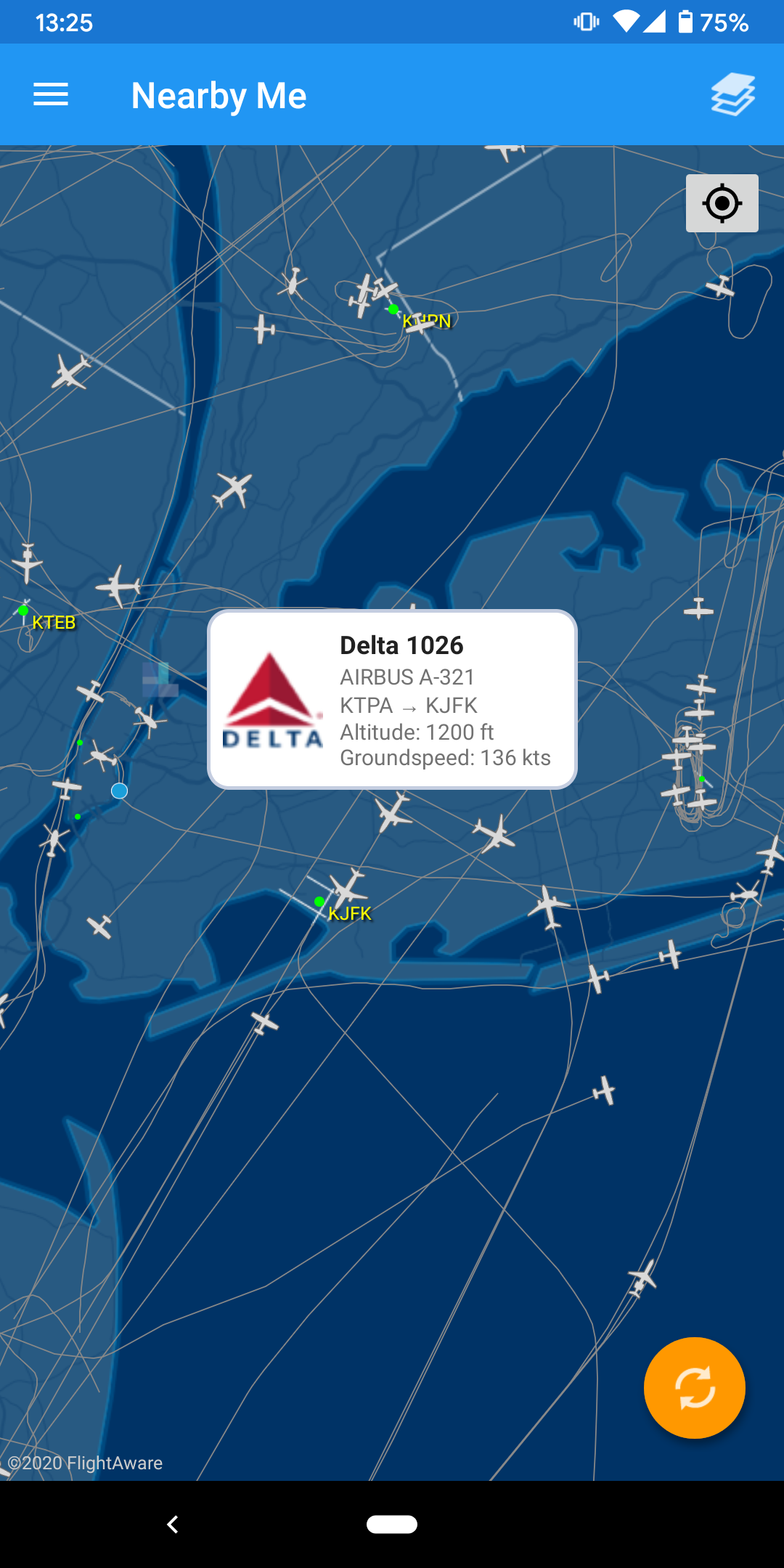


An observer also records counts of both nesting and non-nesting birds observed in the field. Nesting colonies are photographed and the photographs are analyzed in the office to identify and count active nests by species. The protocol involves an annual aerial park-wide survey using a helicopter to locate nesting colonies of wading birds and seabirds within Biscayne National Park, followed by monthly aerial surveys of the nesting colonies. Timing of peak nest counts for the focal species. An annual nesting index (i.e., sum of monthly nest counts) with a special focus on the species mentioned above. Annual peak active nest counts of colonial nesting birds in Biscayne National Park with a special focus on the species mentioned above. Numbers and locations of active colonies of colonial nesting birds with a special focus on Double-crested Cormorants, Great Egrets, Great White Herons, Great Blue Herons, White Ibises, and Roseate Spoonbills. The specific objectives of this monitoring program are to determine status and long-term trends in: (2003) guidelines for National Park Service long-term monitoring protocols. This protocol provides the rationale, approach, and detailed Standard Operating Procedures for annual colonial bird monitoring within Biscayne National Park and conforms to the Oakley et al. Consequently, due to their high importance as biological indicators and because they are a gap occurring in regional monitoring efforts, the SFCN has initiated a monitoring program of colonial nesting birds in Biscayne National Park. However, while large-scale monitoring efforts are occurring in the rest of the Greater Everglades Ecosystem, only minimal historic data collection and no extensive ongoing monitoring of wading bird and seabird nesting have occurred in Biscayne National Park.

The National Park Service South Florida / Caribbean Inventory & Monitoring Network (SFCN) ranked colonial nesting birds 8th out of 44 vital signs of park natural resource conditions for ecological significance and feasibility.
Flight status tracker af 2252 verification#
The Comprehensive Everglades Restoration Plan, Restoration Coordination & Verification program (CERP-RECOVER) has identified wading-bird colonies as an important ecosystem restoration indicator. Breeding colonies of wading birds (orders Ciconiiformes, Pelecaniformes) and seabirds (orders Suliformes, Pelecaniformes) serve as important indicators of aquatic ecosystem health, as they respond to changes in food abundance and quality, contaminants, invasive species, and disturbance.


 0 kommentar(er)
0 kommentar(er)
